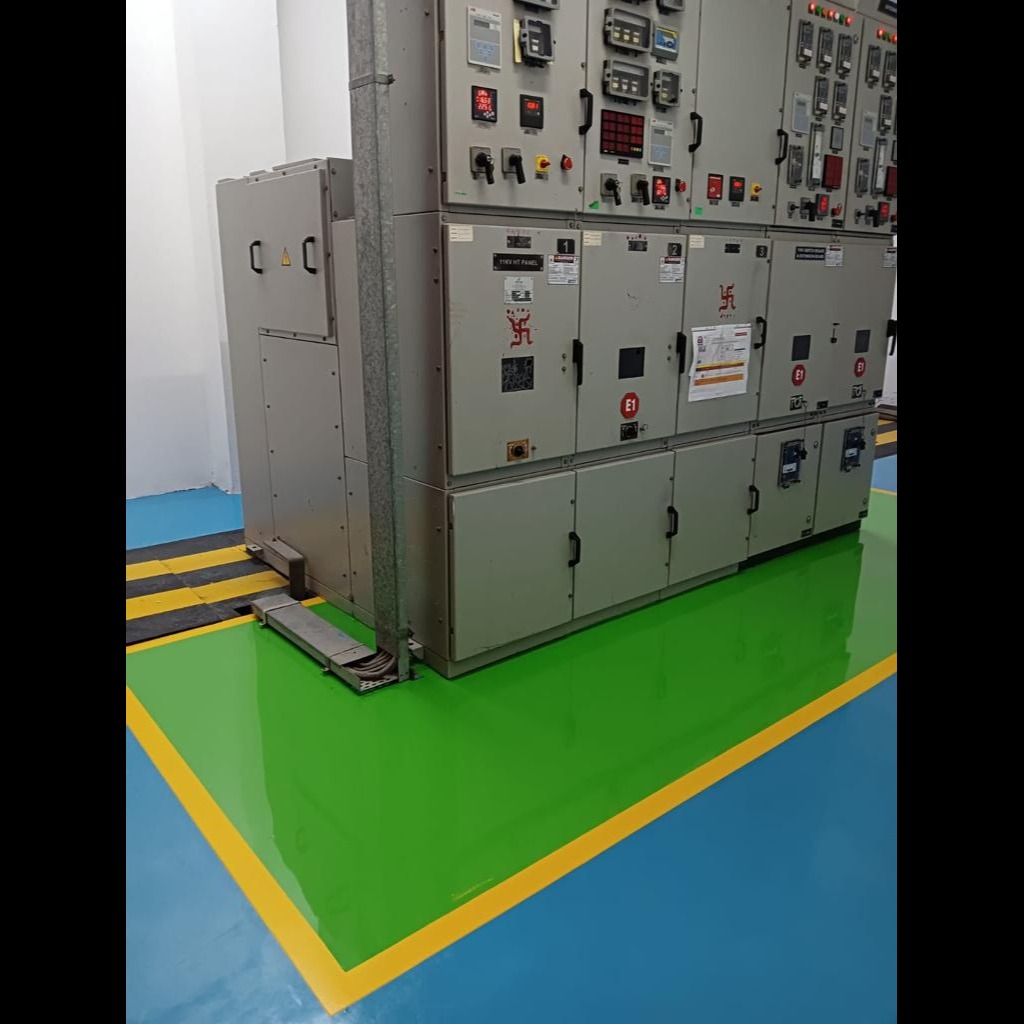How ALTIC Paint's Electrical Insulation Coating Works ALTIC Paint's electrical insulation coatings are designed to provide a high level of dielectric (electrical) strength and fire resistance, making them suitable for protecting components in electrical and industrial environments. Key Mechanisms 1. High Dielectric Strength The coating creates a non-conductive barrier on the surface of electrical components, preventing the passage of electrical current and thus protecting against electrical discharge and short circuits. ALTIC’s coatings are tested to withstand high dielectric voltages, with strengths up to 122 kV/mm, ensuring effective insulation even in high-voltage environments. 2. Seamless, Durable Barrier The coating is typically applied in liquid form (by spraying, brushing, or rolling) and hardens into a continuous, seamless layer that adheres tightly to the substrate. This seamless application is crucial because even small gaps or seams can allow electrical currents to pass through, compromising safety and insulation. 3. Multi-Layered Protection For enhanced performance, the coating can be applied over a layer of anti-corrosive paint, which protects the substrate from environmental factors like moisture, chemicals, and corrosion. Optionally, a UV-protective top layer may be added to prevent degradation from sunlight, especially for outdoor applications. 4. Fire and Chemical Resistance In addition to electrical insulation, ALTIC’s coatings are engineered to resist fire and withstand exposure to oils, chemicals, and harsh industrial environments. 5. Application Versatility The coatings can be used on a variety of surfaces, including metals and other conductive materials, making them suitable for electrical panels, transformers, busbars, and other critical electrical infrastructure
Chat with us on WhatsApp
×
This is your website preview.
Currently it only shows your basic business info. Start adding relevant business details such as description, images and products or services to gain your customers attention by using Boost 360 android app / iOS App / web portal.
https://www.alticpaints.in/latest-update/how-altic-paint-s-electrical-insulation-coating-wo/126
How ALTIC Paint's Electrical Insulation Coating Wo...

2025-06-03T10:56:18
How ALTIC Paint's Electrical Insulation Coating Works ALTIC Paint's electrical insulation coatings are designed to provide a high level of dielectric (electrical) strength and fire resistance, making them suitable for protecting components in electrical and industrial environments. Key Mechanisms 1. High Dielectric Strength The coating creates a non-conductive barrier on the surface of electrical components, preventing the passage of electrical current and thus protecting against electrical discharge and short circuits. ALTIC’s coatings are tested to withstand high dielectric voltages, with strengths up to 122 kV/mm, ensuring effective insulation even in high-voltage environments. 2. Seamless, Durable Barrier The coating is typically applied in liquid form (by spraying, brushing, or rolling) and hardens into a continuous, seamless layer that adheres tightly to the substrate. This seamless application is crucial because even small gaps or seams can allow electrical currents to pass through, compromising safety and insulation. 3. Multi-Layered Protection For enhanced performance, the coating can be applied over a layer of anti-corrosive paint, which protects the substrate from environmental factors like moisture, chemicals, and corrosion. Optionally, a UV-protective top layer may be added to prevent degradation from sunlight, especially for outdoor applications. 4. Fire and Chemical Resistance In addition to electrical insulation, ALTIC’s coatings are engineered to resist fire and withstand exposure to oils, chemicals, and harsh industrial environments. 5. Application Versatility The coatings can be used on a variety of surfaces, including metals and other conductive materials, making them suitable for electrical panels, transformers, busbars, and other critical electrical infrastructure
2025-06-03T10:56:18
Keywords
- coating creates
- typically applied
- oils chemicals
- withstand exposure
- prevent degradation
- corrosion optionally
- moisture chemicals
- environmental factors
- anticorrosive paint
- enhanced performance
- compromising safety
- small gaps
- adheres tightly
- spraying brushing
- liquid form
- nonconductive barrier
- protecting components
- high level
- electrical currents
- electrical discharge
- electrical current
- resist fire
- chemical resistance
- seamless application
- electrical components preventing
- continuous seamless layer
- fire resistance making
- critical electrical infrastructure
- dielectric electrical strength
- uvprotective top layer
- conductive materials making

Submit Your Enquiry